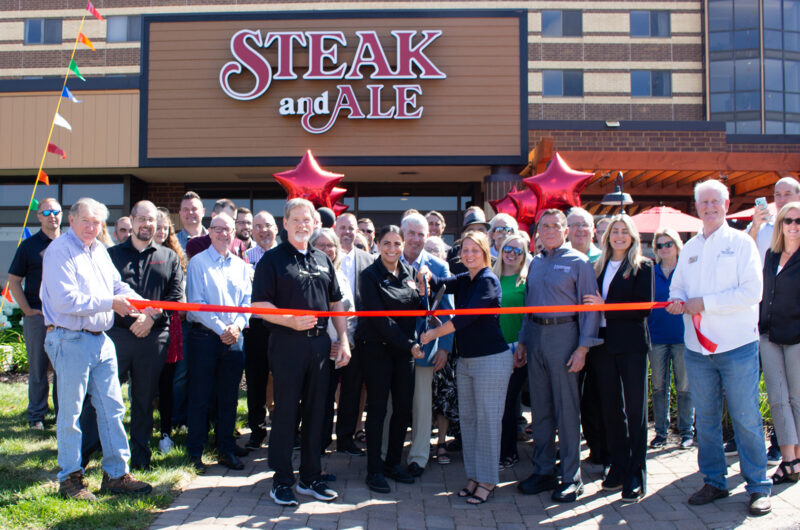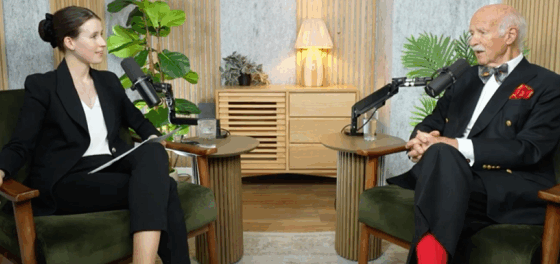
The U.S. luxury and upper-upscale hotel sectors have undergone remarkable transformations over the last 10 years, shaped by economic cycles, changing consumer preferences and global events. Analysis of JLL’s comprehensive hotel transactions data reveals distinct patterns in investment activity and pricing dynamics that provide valuable insights for investors and valuation professionals.
Market Leadership and Consistency
New York has maintained its position as the preeminent luxury hotel market over the past decade, with the highest luxury hotel transaction volume ($10.1 billion) and most consistent investment activity (38 luxury hotel transactions). Miami is a strong second with $3.7 billion in sales and 23 transactions. These gateway markets have demonstrated resilience through economic cycles, underscoring their appeal to both institutional and foreign capital.
The upper-upscale segment shows similar geographic concentration, but broader transaction activity. Washington, D.C., leads with remarkable consistency (71 transactions across 11 years), followed by New York (57 transactions) and Chicago (52 transactions). This density of transactions creates robust valuation benchmarks for these markets.
Pricing Milestones and Evolution
A watershed moment for California’s luxury hotel pricing occurred in 2015 when several markets recorded unprecedented high-value-per-key transactions, including the Montage Laguna Beach ($1.45 million per key) in the Orange County market; the Malibu Beach Inn ($1.7 million per key) in the Los Angeles market, and the Bardessono Hotel & Spa Yountville ($1.4 million per key) in the North California market.
These transactions positioned those markets among an exclusive group of only four markets nationwide to exceed the $1-million-per-key threshold in 2015, with New York being the fourth (ranked third highest on an average per key basis). This threshold experienced broader adoption post-pandemic, with markets like the Florida Keys, New York and select California markets achieving $1-million-plus-per-key pricing levels between 2021 and 2024.
Price-per-key data reveals interesting cyclical patterns. Luxury assets in key urban markets experienced compressed pricing following the 2020 pandemic, but showed remarkable recovery by 2022-2023, particularly in resort destinations, where pricing surpassed pre-pandemic levels by 20% to 25%. This recovery trajectory has provided valuable pricing recalibration for valuation professionals.
Investment Volume Shifts, Buyer Diversification
The latest JLL Hotel Investment Trends report indicates Q1 2025 transaction volume reached $4.6 billion, up 23.1% from Q1 2024, though still 52% below the cyclical peak of 2022. This pattern mirrors broader economic cycles affecting commercial real estate, with investors adjusting to higher interest rates, but continuing to view hotels as an inflation hedge.
A notable trend has been the shift in the distribution of deal size. Mid-sized deals ($50 million-$199 million) now represent 40% of transaction volume, up 20 percentage points from Q1 2024. This reflects a strategic repositioning by investors toward high-quality assets in primary urban markets that benefited from rebounding corporate and group demand.
Buyer profiles have diversified significantly since 2019. Though private equity dominated early post-pandemic transactions (66% in Q1 2021), recent quarters show more balanced participation across private equity (33%), owner/operators (22%), foreign capital (12%) and high-net-worth individuals/family offices (6%). This diversification enhances market liquidity and provides multiple exit strategies for owners.
Urban Renaissance and Supply Constraints
Urban luxury and upper-upscale assets have staged a remarkable comeback, with RevPAR recovery reaching 109% of 2019 levels by Q1 2025, closing the gap with resort properties (123%). This urban renaissance is fueled by robust corporate group demand and presents a compelling acquisitions opportunity, as urban full-service hotels that traded during this timeframe on average sold for around one-third below replacement cost.
Limited new supply will continue supporting performance and valuations across both segments. Hotel supply is forecast to grow at just 0.7% annually through 2028, substantially below the long-term average of 1.7%. This scarcity premium particularly benefits existing luxury and upper-upscale assets in supply-constrained markets.
Up Ahead: Investment Catalysts
Several factors are aligning to potentially accelerate transaction activity through 2026. Hotel loan maturities totaling $145 billion over 2025-2026 will drive recapitalization and sales. Meanwhile, hotel-specific fundraising reached its highest level since 2007 in 2024, indicating substantial dry powder targeting the sector.
Foreign capital, particularly from the Middle East, Europe and select Asian countries, continues targeting irreplaceable assets in gateway markets, such as New York, Boston, Washington, D.C., Miami and Los Angeles. These investors typically focus on trophy luxury assets with long-term appreciation potential rather than immediate yield.
Valuation Implications
For valuation professionals, this robust transaction history provides critical comparative data that complements income-based approaches. The pricing patterns across market segments, locations and economic cycles allow for sophisticated adjustments when determining market value. Combined with operating performance metrics and replacement cost analysis, these transaction benchmarks create a robust triangulation methodology for precise hotel valuation in today’s dynamic market.
As we navigate through 2025, the luxury and upper-upscale segments demonstrate strong fundamentals backed by limited supply growth and evolving traveler preferences, positioning them favorably within the broader commercial real estate landscape.
Story contributed by Charlotte Kang, managing director, JLL Value & Risk Advisory.







